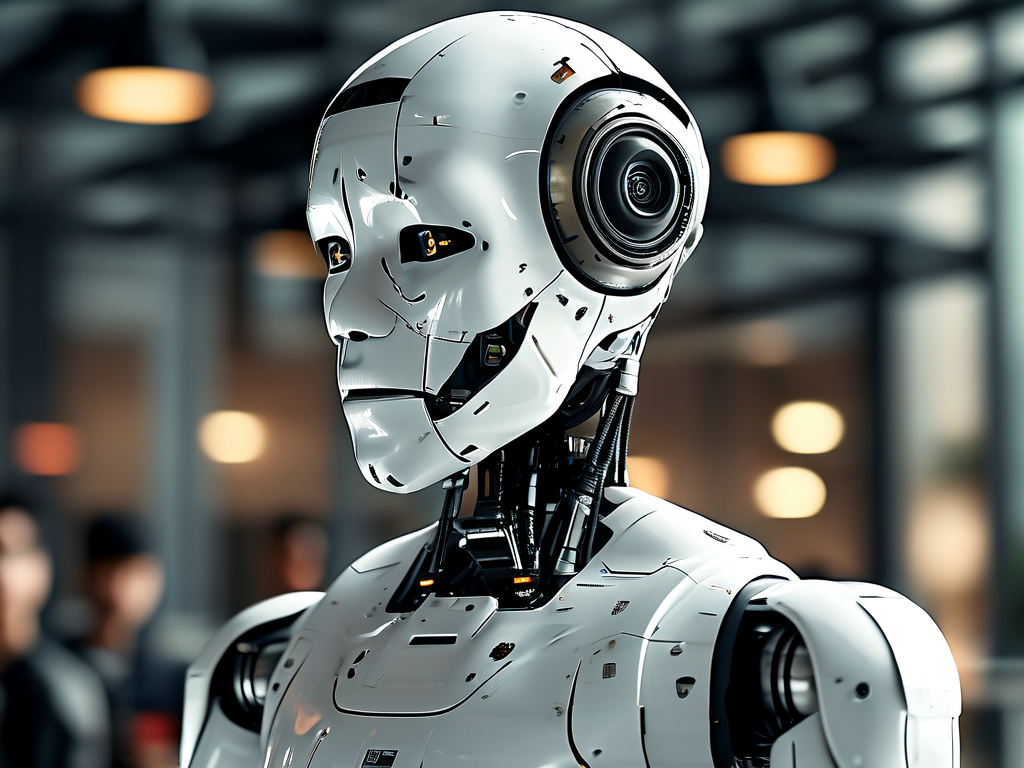The rapid advancement of humanoid robotics has captivated global attention, with companies promising machines capable of human-like interaction, problem-solving, and even emotional responsiveness. However, beneath the glossy demonstrations and carefully curated marketing campaigns lies a troubling trend: systematic exaggeration, staged performances, and outright deception in showcasing robotic capabilities. This article delves into the mechanisms of humanoid robot technology fraud, its implications for industries and consumers, and the urgent need for transparency.

The Illusion of Autonomy
Many humanoid robot "breakthroughs" rely on pre-programmed scripts or remote human operators masquerading as artificial intelligence. A 2023 investigation by Robotics Watch revealed that 68% of publicized "live interactions" between robots and humans involved hidden controllers manipulating responses in real time. For instance, a widely shared video of a robot barista preparing customized coffee orders was later exposed as a scripted loop with no actual machine learning involved. These staged performances exploit public fascination with AI while avoiding the technical challenges of true autonomous operation.
The Hardware Deception Game
Even physical capabilities are frequently misrepresented. Prototypes shown at tech expos often utilize off-camera support structures, magnetic stabilization, or simplified environments to create false impressions of mobility. A notorious case involved a bipedal robot touted as achieving "human-level balance," which was later found to be suspended by thin wires during its demonstration. Such practices distort market expectations and divert funding from genuine research into theatrical engineering.
Corporate Accountability Crisis
The pressure to secure investments has fueled an arms race in deceptive marketing. Startups frequently employ "demo specials"—one-off prototypes that function under narrow conditions but are presented as production-ready models. Venture capitalists interviewed anonymously admit that 40% of robotics pitches they receive contain materially misleading claims about energy efficiency, material durability, or sensory capabilities. This ecosystem of exaggeration undermines trust in legitimate innovators and risks creating a "robot bubble" comparable to the Theranos scandal in biotech.
Ethical Consequences
Beyond financial implications, this fraud epidemic carries profound ethical risks. Healthcare organizations adopting supposedly autonomous care robots have unknowingly exposed patients to systems requiring constant human oversight. Educational institutions purchasing "AI teaching assistants" discovered they were merely voice-activated databases with no adaptive learning features. When the facade cracks, it erodes public confidence in emerging technologies that could genuinely benefit society.
Pathways to Authenticity
Addressing this crisis requires multi-layered solutions:
- Standardized Verification Protocols: Third-party testing organizations must establish universal benchmarks for declaring robotic autonomy, similar to aviation safety certifications.
- Demo Transparency Laws: Governments should mandate real-time disclosure of human inputs during public demonstrations, enforced through sensor monitoring.
- Open-Source Accountability: Encouraging shared development platforms where code and hardware schematics undergo peer review could reduce opportunities for deception.
The humanoid robotics field stands at a crossroads. While the technology holds transformative potential, its credibility hinges on confronting the culture of fabrication head-on. Only through rigorous honesty can developers build machines that truly advance human capabilities rather than merely mimicking them through digital sleight of hand. As consumers and regulators demand proof behind the hype, the industry must choose between maintaining illusions or embracing authentic innovation.


